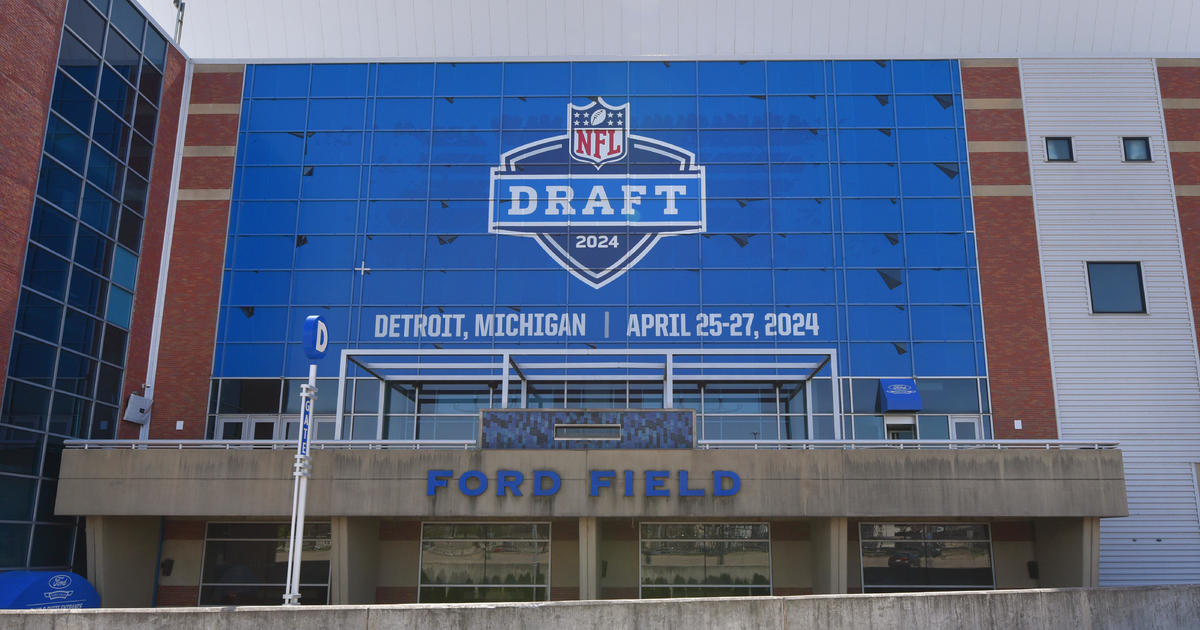How did the Canadian wildfires start? A look at what caused the fires that are sending smoke across the U.S.
Over the past six weeks, hundreds of out-of-control wildfires have spread across Canada, causing mass evacuations and burning through millions of acres.
While the Canada wildfire season runs from May through October, such destruction this early in the season is rare. Canada is on track to have its most destructive wildfire season in history.
This Canadian crisis has not been limited to the Great North. Smoke from the fires has spread across large portions of the U.S., affecting air quality for millions as the fires rage on without signs of stopping. Dramatic photos of the haze that covered major American cities show the toll the smoke has taken.
What caused the Canadian wildfires ?
Warm and dry conditions are like kindling for wildfires. Much of Canada, like the rest of North America, has experienced record heat and drought recently as climate change continues to warm the planet.
"The fires season is also lasting longer now because of climate change. Spring is coming weeks earlier and fall is coming weeks later. More time for the fires and grasslands to burn," Edward Struzik, a fellow at Queen's Institute for Energy and Environmental Policy at Queen's University in Canada and author of "Dark Days at Noon, The Future of Fire" told CBS News.
In 2021, Canada experienced its hottest day ever when Lytton, British Columbia hit 49.6 degrees Celsius, 121 degrees Fahrenheit, smashing the previous record of 113 degrees. It tied California's Death Valley as the hottest place in North America that day.
In the Canadian prairies of Alberta, Saskatchewan and Manitoba — where fires now rage — drought has hit particularly hard. According to the Canada Drought Monitor, all 10 provinces are experiencing abnormal dryness, moderate or severe drought.
Struzik said the jet stream, which creates weather and moves it from west to east, also contributes to the fires. It's getting weaker, he said, because its strength depends on the temperature differences between the Arctic and the south. "Now that the Arctic is warming faster than the rest of the world, the jet stream is weaker, a little wonkier. That's one reason why we see hot, dry weather systems stall, allowing heat domes to build and set the stage for fire," he said.
According to the Canadian Wildland Fire Information System, the destruction from these fires up to this point in the season has been 13 times worse than the 10-year average.
How did the fires in Canada start?
Dry, hot weather also breeds more lightning. In a normal season, half of Canada's wildfires are started by lightning, but those fires account for more than 85% of wildfire destruction. The other half are human-caused.
What might seem like slight increases in average temperatures have major consequences.
"Most fires in the boreal forest of northern Canada are started by lightning. A one-degree Celsius increase in temperature amounts to about 12% more lightning. So the warmer it gets as the climate heats up, the more triggers there are for fires to burn," said Struzik.
In Quebec, for example, fires were sparked by lightning, but officials in Alberta have said that the cause of fires there is currently unknown. Elsewhere in the country, these fires have been human-caused in various ways from discarded cigarette butts to sparks from passing trains.
Why are the Canadian wildfires out of control?
Harsh weather conditions are fueling these fast-spreading fires, making them extremely difficult to combat.
The country is currently at "national preparedness level 5," meaning Canada has fully committed all its national resources to mobilize the fight against the fires.
Chris Stockdale, a wildland fire research officer with the Canadian Forest service, told CBS News last month that as part of that "level 5" declaration, "international liaison officers" from Australia, New Zealand and South Africa are flying in to help fight the fires.
President Biden sent firefighters from the U.S. and pointed to climate change as a driver of the fires.
"We've deployed more than 600 U.S. firefighters, support personnel, and equipment to support Canada as they respond to record wildfires – events that are intensifying because of the climate crisis," he said in a tweet.
And forecasts hold little hope. Earlier this month the Canadian government issued an updated outlook for the wildfire season stating that, "current June projections indicate the potential for continued higher-than-normal fire activity across most of the country throughout the 2023 wildland fire season due to ongoing drought and long-range forecasts for warm temperatures."
Wildfire smoke sparks air quality issues in U.S.
The smoke from the Canadian wildfires has caused poor air quality in several parts of the U.S.
Chicago, Milwaukee and Detroit recorded some of the worst air quality in the world on June 27 as wildfire smoke from Quebec seeped into the Midwest.
Earlier this month, as New York City suffocated under a thick smog that turned the skies orange and shrouded its skyscrapers and the Statue of Liberty, Sen. Chuck Schumer said on the floor of the Senate that climate change was driving the smoke blanketing the Eastern seaboard.
"These Canadian wildfires are truly unprecedented and we cannot ignore that climate change continues to make these disasters worse," he said. "Warmer temperatures and severe droughts mean forests burn faster, burn hotter and burn bigger, and the warming is happening at a faster pace in countries with higher latitudes. None of this — none of this is coincidence."
The East Coast of the U.S. now appears mostly clear, but some areas are in the yellow or "moderate" zone of the air quality index, which means the air quality is acceptable, but could pose a risk for some people.
Editor's note: A previous version of this article misstated the record temperature. The former record is 113 degrees; the current record was set in 2021.



